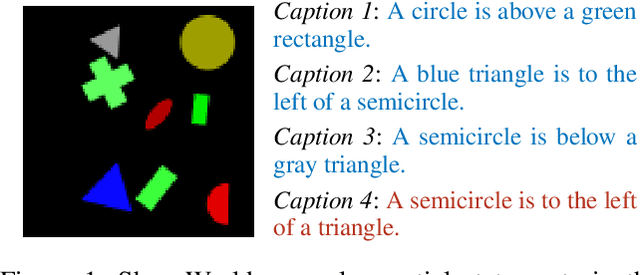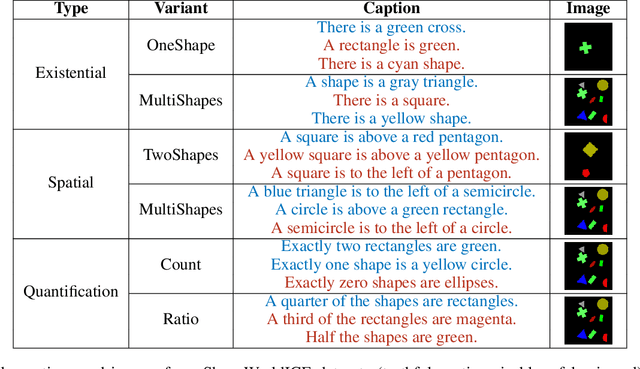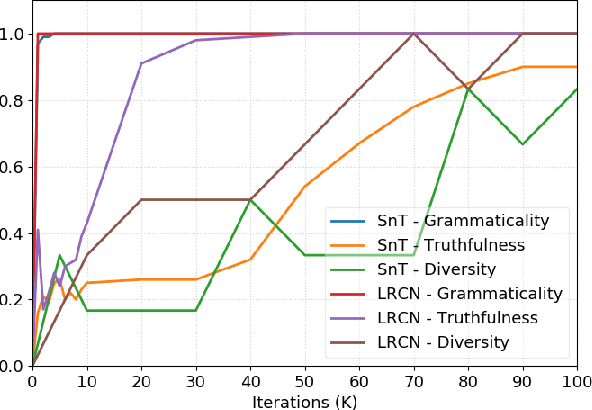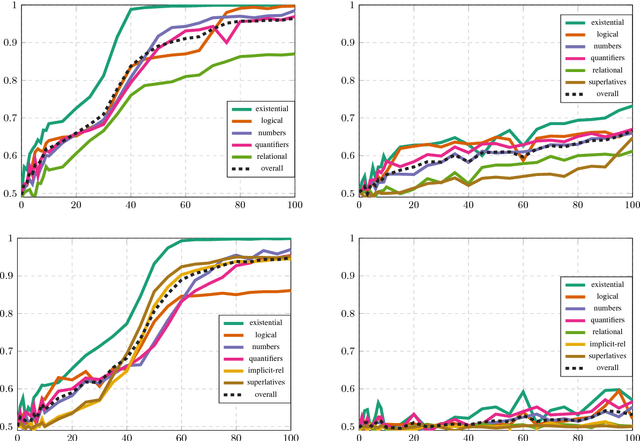Huiyuan Xie
The CLC-UKET Dataset: Benchmarking Case Outcome Prediction for the UK Employment Tribunal
Sep 12, 2024Abstract:This paper explores the intersection of technological innovation and access to justice by developing a benchmark for predicting case outcomes in the UK Employment Tribunal (UKET). To address the challenge of extensive manual annotation, the study employs a large language model (LLM) for automatic annotation, resulting in the creation of the CLC-UKET dataset. The dataset consists of approximately 19,000 UKET cases and their metadata. Comprehensive legal annotations cover facts, claims, precedent references, statutory references, case outcomes, reasons and jurisdiction codes. Facilitated by the CLC-UKET data, we examine a multi-class case outcome prediction task in the UKET. Human predictions are collected to establish a performance reference for model comparison. Empirical results from baseline models indicate that finetuned transformer models outperform zero-shot and few-shot LLMs on the UKET prediction task. The performance of zero-shot LLMs can be enhanced by integrating task-related information into few-shot examples. We hope that the CLC-UKET dataset, along with human annotations and empirical findings, can serve as a valuable benchmark for employment-related dispute resolution.
Automatic Information Extraction From Employment Tribunal Judgements Using Large Language Models
Mar 19, 2024Abstract:Court transcripts and judgments are rich repositories of legal knowledge, detailing the intricacies of cases and the rationale behind judicial decisions. The extraction of key information from these documents provides a concise overview of a case, crucial for both legal experts and the public. With the advent of large language models (LLMs), automatic information extraction has become increasingly feasible and efficient. This paper presents a comprehensive study on the application of GPT-4, a large language model, for automatic information extraction from UK Employment Tribunal (UKET) cases. We meticulously evaluated GPT-4's performance in extracting critical information with a manual verification process to ensure the accuracy and relevance of the extracted data. Our research is structured around two primary extraction tasks: the first involves a general extraction of eight key aspects that hold significance for both legal specialists and the general public, including the facts of the case, the claims made, references to legal statutes, references to precedents, general case outcomes and corresponding labels, detailed order and remedies and reasons for the decision. The second task is more focused, aimed at analysing three of those extracted features, namely facts, claims and outcomes, in order to facilitate the development of a tool capable of predicting the outcome of employment law disputes. Through our analysis, we demonstrate that LLMs like GPT-4 can obtain high accuracy in legal information extraction, highlighting the potential of LLMs in revolutionising the way legal information is processed and utilised, offering significant implications for legal research and practice.
The Cambridge Law Corpus: A Corpus for Legal AI Research
Sep 22, 2023



Abstract:We introduce the Cambridge Law Corpus (CLC), a corpus for legal AI research. It consists of over 250 000 court cases from the UK. Most cases are from the 21st century, but the corpus includes cases as old as the 16th century. This paper presents the first release of the corpus, containing the raw text and meta-data. Together with the corpus, we provide annotations on case outcomes for 638 cases, done by legal experts. Using our annotated data, we have trained and evaluated case outcome extraction with GPT-3, GPT-4 and RoBERTa models to provide benchmarks. We include an extensive legal and ethical discussion to address the potentially sensitive nature of this material. As a consequence, the corpus will only be released for research purposes under certain restrictions.
TIAGE: A Benchmark for Topic-Shift Aware Dialog Modeling
Sep 09, 2021



Abstract:Human conversations naturally evolve around different topics and fluently move between them. In research on dialog systems, the ability to actively and smoothly transition to new topics is often ignored. In this paper we introduce TIAGE, a new topic-shift aware dialog benchmark constructed utilizing human annotations on topic shifts. Based on TIAGE, we introduce three tasks to investigate different scenarios of topic-shift modeling in dialog settings: topic-shift detection, topic-shift triggered response generation and topic-aware dialog generation. Experiments on these tasks show that the topic-shift signals in TIAGE are useful for topic-shift response generation. On the other hand, dialog systems still struggle to decide when to change topic. This indicates further research is needed in topic-shift aware dialog modeling.
Going Beneath the Surface: Evaluating Image Captioning for Grammaticality, Truthfulness and Diversity
Dec 19, 2019



Abstract:Image captioning as a multimodal task has drawn much interest in recent years. However, evaluation for this task remains a challenging problem. Existing evaluation metrics focus on surface similarity between a candidate caption and a set of reference captions, and do not check the actual relation between a caption and the underlying visual content. We introduce a new diagnostic evaluation framework for the task of image captioning, with the goal of directly assessing models for grammaticality, truthfulness and diversity (GTD) of generated captions. We demonstrate the potential of our evaluation framework by evaluating existing image captioning models on a wide ranging set of synthetic datasets that we construct for diagnostic evaluation. We empirically show how the GTD evaluation framework, in combination with diagnostic datasets, can provide insights into model capabilities and limitations to supplement standard evaluations.
How clever is the FiLM model, and how clever can it be?
Sep 09, 2018



Abstract:The FiLM model achieves close-to-perfect performance on the diagnostic CLEVR dataset and is distinguished from other such models by having a comparatively simple and easily transferable architecture. In this paper, we investigate in more detail the ability of FiLM to learn various linguistic constructions. Our main results show that (a) FiLM is not able to learn relational statements straight away except for very simple instances, (b) training on a broader set of instances as well as pretraining on simpler instance types can help alleviate these learning difficulties, (c) mixing is less robust than pretraining and very sensitive to the compositional structure of the dataset. Overall, our results suggest that the approach of big all-encompassing datasets and the paradigm of "the effectiveness of data" may have fundamental limitations.
 Add to Chrome
Add to Chrome Add to Firefox
Add to Firefox Add to Edge
Add to Edge